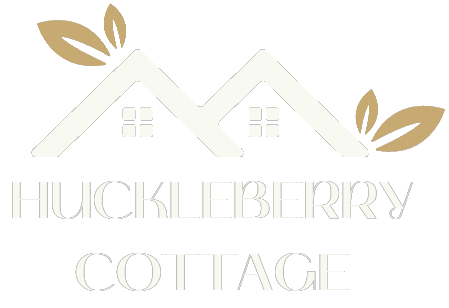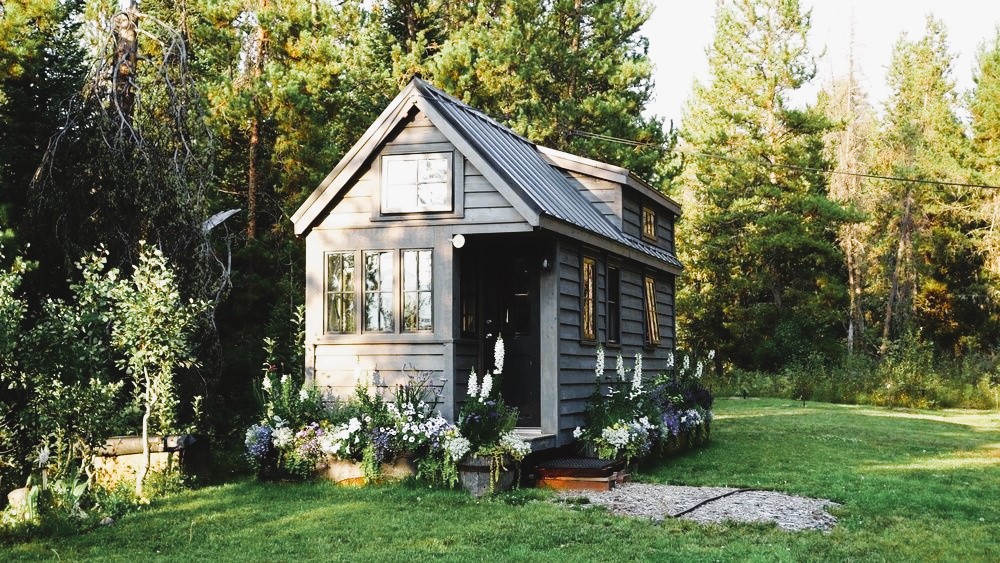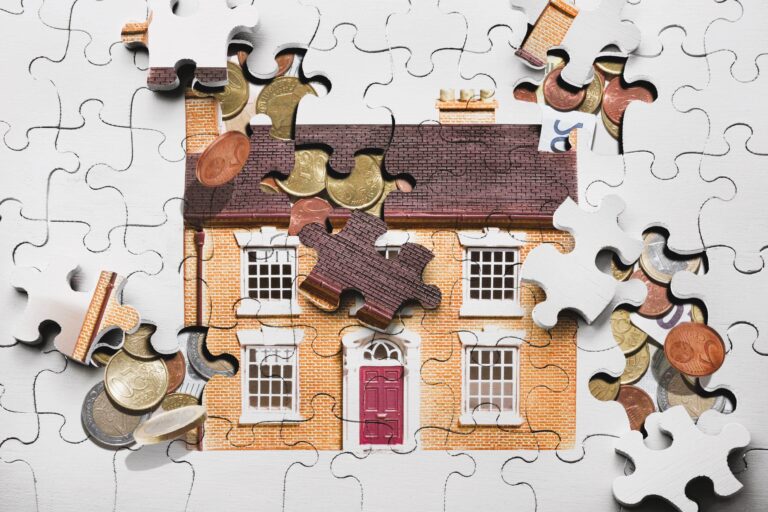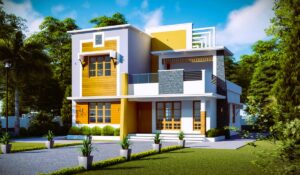Cottage design has evolved significantly over the years, embracing new ideas and innovations that enhance the functionality, aesthetics, and sustainability of these beloved retreats. From creative space utilization to eco-friendly features, there are numerous exciting trends and innovations in cottage design. In this article, we will explore some of these ideas and innovations, providing inspiration for creating a modern and efficient cottage. By incorporating these concepts into your design, you can elevate the comfort and enjoyment of your cottage while embracing environmentally conscious practices.
- Open Concept Living: Open concept living has become a popular trend in cottage design, emphasizing spaciousness, natural light, and a seamless flow between different areas. By removing walls and barriers, open concept layouts create a sense of openness, making the cottage feel larger and more inviting. This design approach also facilitates interaction and connectivity among family members and guests, enhancing the overall social experience.
- Multi-Functional Spaces: Maximizing space utilization is a key consideration in cottage design. Integrating multi-functional spaces allows for versatility and flexibility. For example, incorporating a loft area that serves as an additional sleeping area or a cozy reading nook can optimize space while adding charm and functionality. Similarly, using furniture with built-in storage or convertible features can provide extra storage options and accommodate varying needs.
- Sustainable Materials: Incorporating sustainable materials is a growing trend in cottage design, promoting eco-consciousness and reducing the environmental footprint. Opt for materials with low embodied energy, such as reclaimed wood, bamboo, or recycled materials, which contribute to a more sustainable construction process. These materials not only enhance the aesthetics but also align with eco-friendly practices, promoting the preservation of natural resources.
- Energy-Efficient Technologies: Integrating energy-efficient technologies is crucial for sustainable and cost-effective cottage design. Installing energy-efficient appliances, LED lighting, and smart thermostats can significantly reduce energy consumption. Consider incorporating solar panels to harness renewable energy and minimize reliance on the grid. Implementing proper insulation, high-performance windows, and efficient heating and cooling systems can further enhance energy efficiency and indoor comfort.
- Smart Home Automation: Advancements in technology have made smart home automation systems more accessible and affordable. Incorporating smart home features in your cottage design can greatly enhance convenience and energy management. From automated lighting and temperature control to security systems and remote access, these smart technologies provide comfort, security, and energy efficiency.
- Outdoor Living Spaces: Designing outdoor living spaces as an extension of the cottage interior has gained popularity. Patios, decks, or screened-in porches can serve as gathering areas, providing opportunities for relaxation, dining, and entertaining. By incorporating comfortable seating, outdoor kitchens, and fire pits, you can create inviting spaces that embrace the natural beauty of the surroundings.
- Water Conservation: Conserving water resources is essential in cottage design, especially in areas with limited water availability. Incorporate water-efficient fixtures such as low-flow toilets, faucets, and showerheads. Consider implementing rainwater harvesting systems for irrigation and non-potable water use. Xeriscaping, which involves using native and drought-tolerant plants, can reduce water consumption while enhancing the cottage’s exterior appeal.
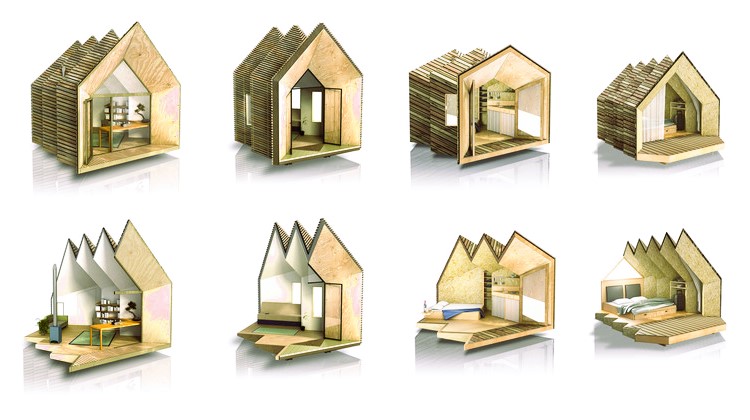
Building Regulations and Standards
When incorporating ideas and innovations into cottage design, it is crucial to adhere to building regulations and standards. In Canada, the National Building Code of Canada (NBCC) sets guidelines for safety, structural integrity, and energy efficiency. Compliance with these regulations ensures the long-term sustainability and safety of your cottage. Windows as design elements: we enhance the aesthetics of your cottage.
Conclusion
Ideas and innovations in cottage design continue to shape the way we create comfortable and sustainable retreats. By incorporating open concept living, multi-functional spaces, sustainable materials, energy-efficient technologies, smart home automation, outdoor living spaces, and water conservation practices, you can create a modern and environmentally conscious cottage. These concepts not only enhance the aesthetics and functionality of your cottage but also contribute to a more sustainable and enjoyable retreat experience.
For more information about cottage design trends and building standards, please refer to the official website of the Government of Canada (canada.ca). Embrace these ideas and innovations to transform your cottage into a modern haven that reflects your personal style and values.
